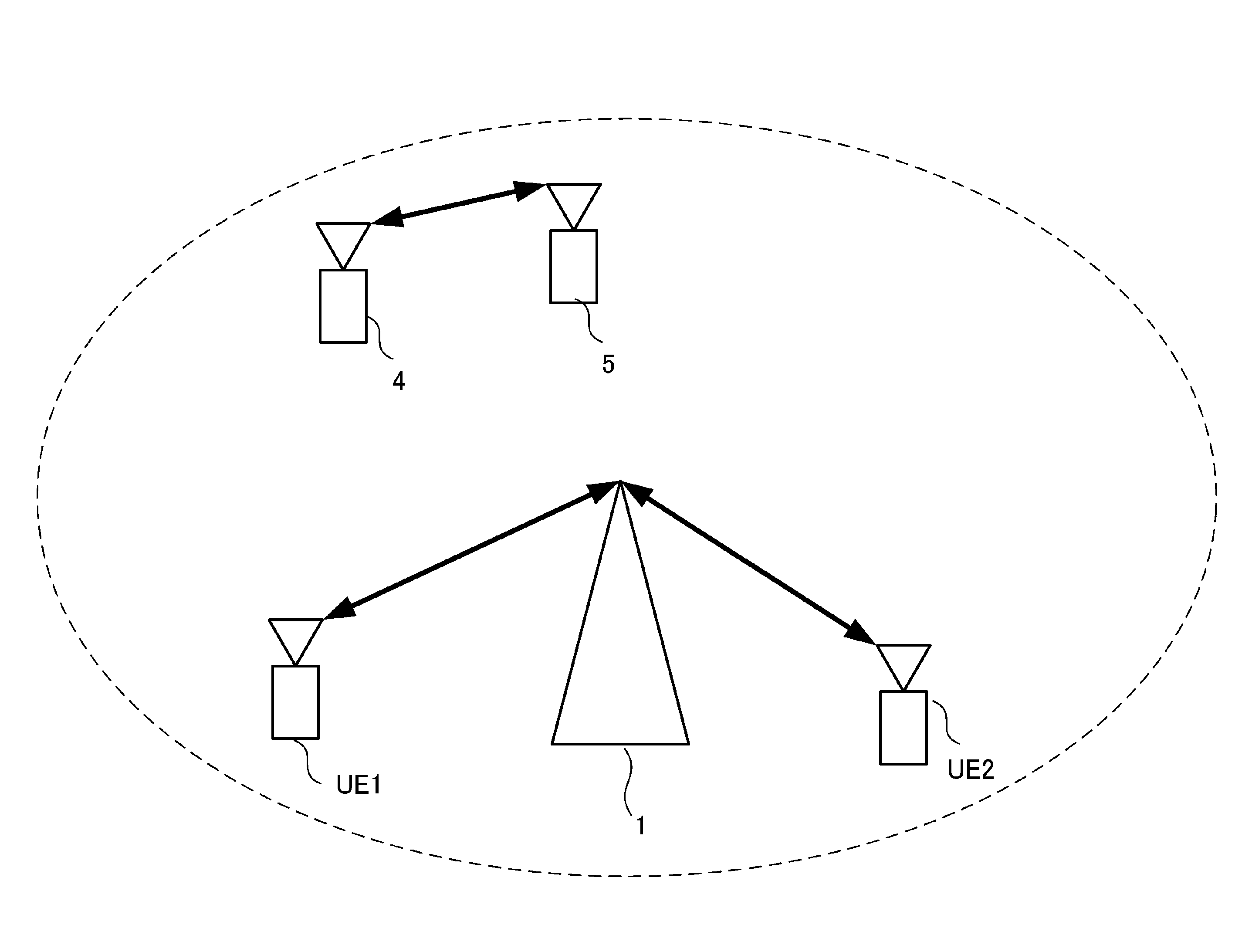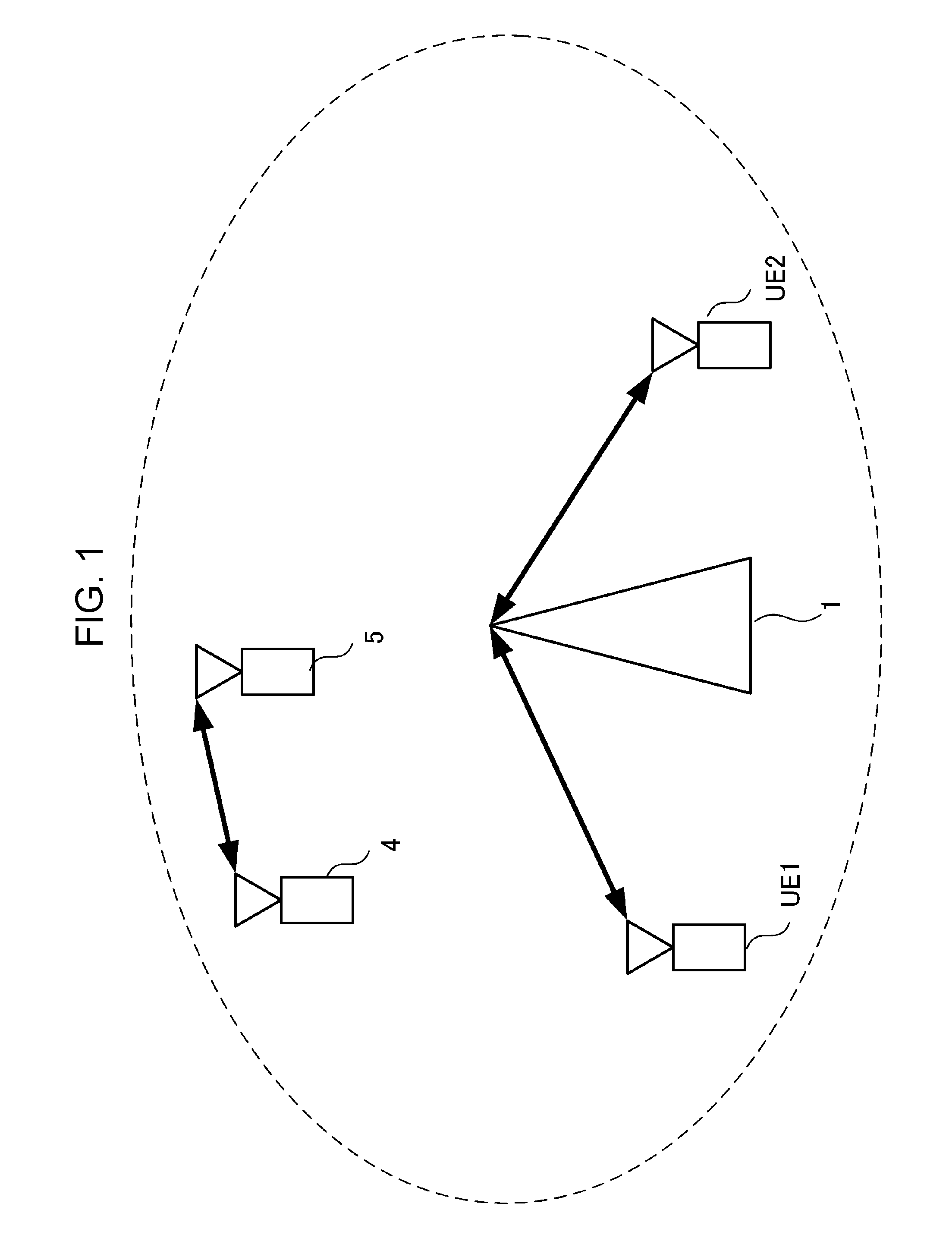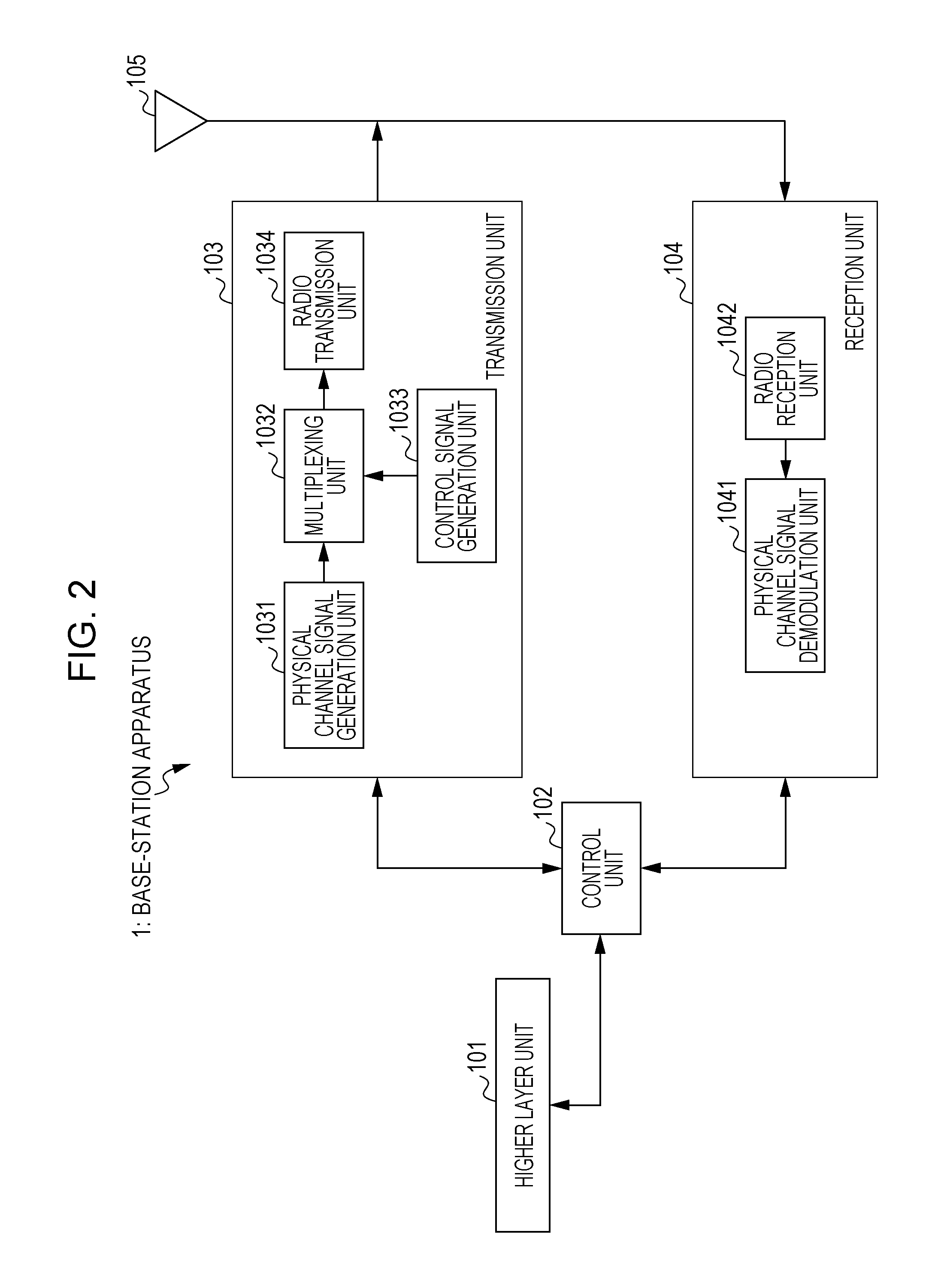Base-station apparatus, terminal apparatus, and communication method
a technology of terminal equipment and base station, applied in the direction of signal allocation, digital transmission, transmission path sub-channel allocation, etc., can solve the problem of significant reserve of frequency resources, achieve the effect of reducing interference, and reducing the number of base stations
- Summary
- Abstract
- Description
- Claims
- Application Information
AI Technical Summary
Benefits of technology
Problems solved by technology
Method used
Image
Examples
first embodiment
1. First Embodiment
[0048]A communication system in the present embodiment includes a base-station apparatus (transmission apparatus, cell, transmission point, transmission antenna group, transmit antenna port group, component carrier, evolved Node B (eNB), small base-station apparatus, Radio Remote Head (RRH)) and terminal apparatuses (terminal, mobile terminal, reception point, reception terminal, reception apparatus, receive antenna group, receive antenna port group, User Equipment (UE)).
[0049]FIG. 1 is a schematic view illustrating one example of downlink of a cellular system according to a first embodiment of the invention. In the cellular system of FIG. 1, there are a base-station apparatus (eNB) 1 having a wide coverage (a long cell radius), a terminal apparatus UE1, and a terminal apparatus UE2 which are connected to the base-station apparatus 1. Moreover, there are also a STA (Station) 4 and a STA 5, which perform communication based on an existing IEEE 802.11 system (herein...
second embodiment
2. Second Embodiment
[0101]In the present embodiment as well, similarly to the first embodiment, it is assumed that the terminal apparatus UE1 and the terminal apparatus UE2 are connected are connected to the base-station apparatus 1 which is used as the Pcell and use a licensed band as a frequency band. Note that, an outline of a wireless communication system, a configuration of the base-station apparatus 1, and configurations of the terminal apparatus UE1 and the terminal apparatus UE2 in the present embodiment are the same as those of the first embodiment.
[0102]In the present embodiment, before performing CA using an unlicensed band, the base-station apparatus 1 sends signaling, which indicates that the CA using the unlicensed band is performed in advance, to the terminal apparatus UE1 and the terminal apparatus UE2 by a higher layer with use of the licensed band (for example, RRC).
[0103]Information to be signaled in the higher layer by the base-station apparatus 1 may be one-bit ...
PUM
 Login to View More
Login to View More Abstract
Description
Claims
Application Information
 Login to View More
Login to View More - R&D
- Intellectual Property
- Life Sciences
- Materials
- Tech Scout
- Unparalleled Data Quality
- Higher Quality Content
- 60% Fewer Hallucinations
Browse by: Latest US Patents, China's latest patents, Technical Efficacy Thesaurus, Application Domain, Technology Topic, Popular Technical Reports.
© 2025 PatSnap. All rights reserved.Legal|Privacy policy|Modern Slavery Act Transparency Statement|Sitemap|About US| Contact US: help@patsnap.com



